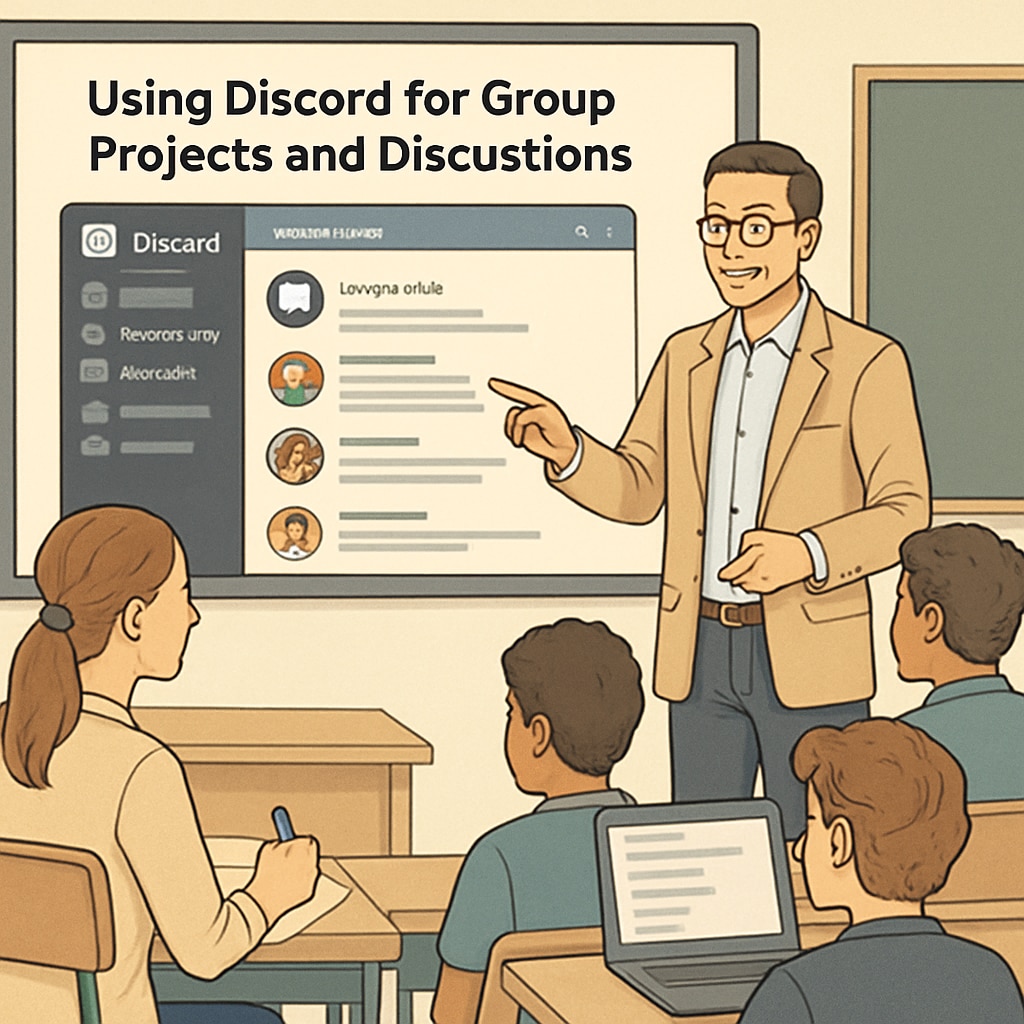Creating effective learning communities is a cornerstone of modern education. Drawing inspiration from higher education models, such as those implemented by the University of Houston, can offer valuable insights into fostering collaborative learning in K12 environments. By leveraging digital platforms like Discord, educators can create dynamic spaces that encourage student interaction and peer-driven growth.
Learning from the University of Houston’s Collaborative Approach
The University of Houston is known for its innovative learning communities that promote collaboration among students. These communities are designed to enhance academic success by encouraging shared knowledge and mutual support. For example, their study groups and digital forums provide students with opportunities to explore course material collaboratively, ask questions, and share insights.
This model can be adapted to K12 education by creating structured yet flexible learning environments. For instance, teachers can divide students into small groups based on shared interests or learning goals, encouraging them to work together on projects and assignments. This approach mirrors the University of Houston’s emphasis on peer-to-peer learning, which has proven to improve comprehension and retention.

Using Discord to Build K12 Learning Communities
Discord, a platform originally designed for gamers, has become a powerful tool for fostering collaboration in educational settings. Its features, such as voice channels, text chats, and screen sharing, make it an ideal choice for creating virtual learning communities. At the University of Houston, many student groups use Discord to organize study sessions, share resources, and communicate seamlessly.
In K12 settings, educators can use Discord to extend classroom discussions, host virtual office hours, and facilitate group projects. For example, teachers can create dedicated channels for specific subjects, allowing students to discuss topics, ask questions, and share resources. Additionally, the platform’s moderation tools ensure that discussions remain respectful and productive.
Practical Tips for Using Discord in K12:
- Create separate channels for different subjects or projects.
- Encourage students to use voice channels for brainstorming sessions.
- Leverage Discord’s screen-sharing feature for collaborative work.
- Set clear guidelines to maintain a positive and respectful environment.
- Use bots to manage administrative tasks, such as attendance tracking.

Benefits of Collaborative Learning Communities in K12
The implementation of learning communities inspired by the University of Houston brings numerous benefits to K12 education. Here are some key advantages:
- Enhanced Engagement: Students are more likely to participate actively when they feel connected to their peers.
- Improved Academic Performance: Collaborative learning helps students understand complex concepts through discussion and peer explanation.
- Social Skills Development: Working in groups fosters communication, teamwork, and problem-solving skills.
- Adaptability to Digital Tools: Platforms like Discord prepare students for the digital collaboration tools they will encounter in higher education and the workforce.
By integrating these strategies into K12 education, teachers can create an environment that mirrors the success of the University of Houston’s learning communities.
Conclusion: Building a Future of Collaborative Learning
The University of Houston’s approach to learning communities provides a roadmap for K12 educators aiming to foster collaboration and engagement. By adopting digital tools like Discord, educators can create inclusive and dynamic spaces that encourage students to learn from and with each other. As a result, these learning communities can transform the educational experience, equipping students with the skills they need to thrive academically and socially.
Incorporating these strategies not only enhances the learning experience but also prepares students for the collaborative demands of higher education and the modern workforce. By taking the first step in building effective K12 learning communities today, we can pave the way for a brighter, more connected educational future.
Readability guidance: Use short paragraphs and lists to summarize key points; ensure smooth transitions between sections with connectors like “therefore,” “in addition,” and “as a result.” Limit the use of passive voice and long sentences.


